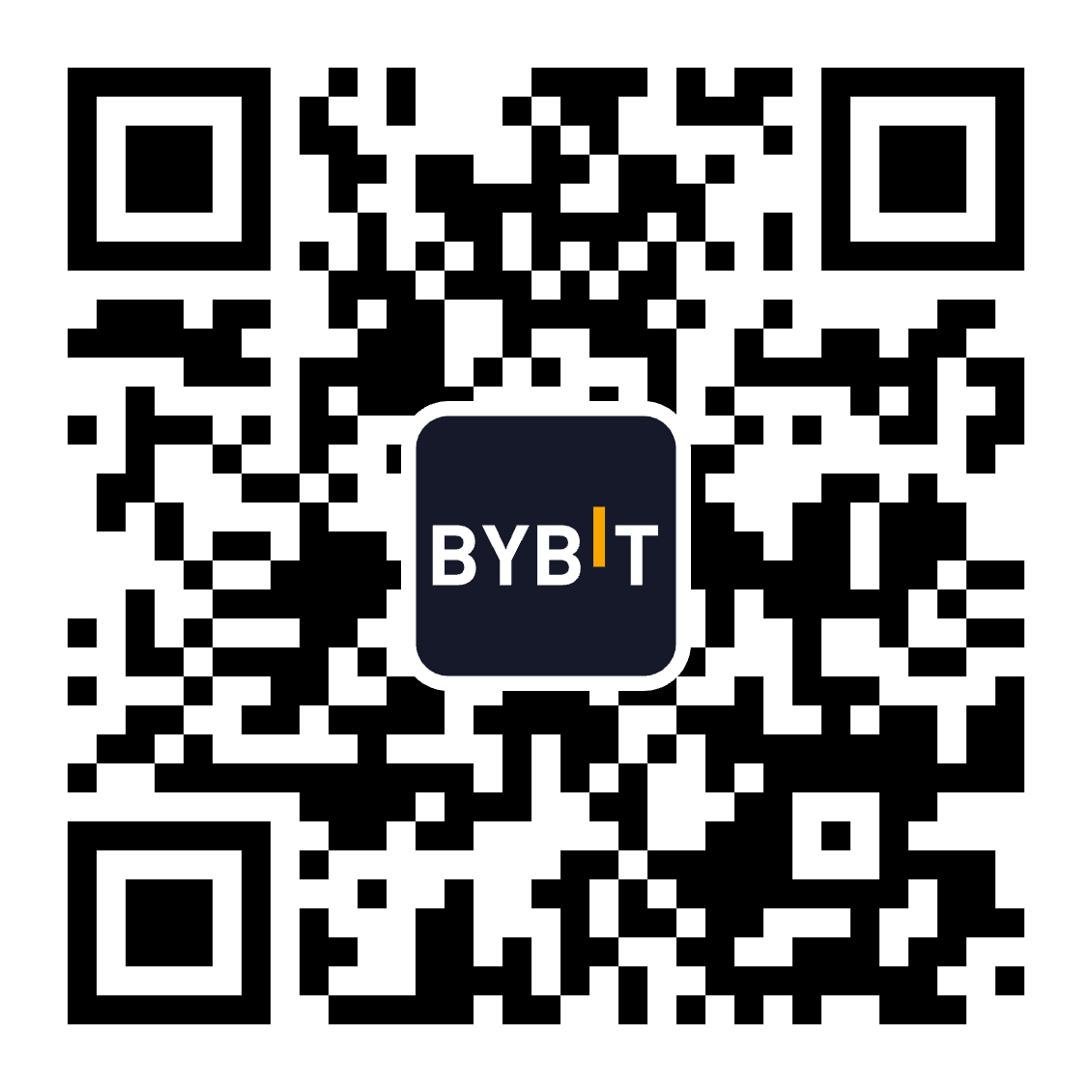Wash Trading: What It Is & Why It’s Important
Show More
Quickly grasp the article's content and gauge market sentiment in just 30 seconds!
Wash trading is when a trader or investor buys and sells the same security within a short window in an effort to mislead other market participants about the price or liquidity of an asset. Within the securities markets wash trading is illegal, but there are yet to have set regulations within the crypto industry.
In this article, we’ll discuss what wash trading is, how it works, where it’s commonly used within crypto markets — and how to avoid falling prey to it.
What Is Wash Trading?
Wash trading defines a sale in which a trader is selling an asset, then repurchasing it at or about the same time as the sale.
Wash trades can be used as a form of market manipulation. An investor buys and sells the same asset, in quick succession, in an attempt to influence the price or trading activity.
There are several motivations for a trader or company wanting to engage in wash trading. The goal might be to spur buying activity in order to send prices up or encourage selling to drive prices lower. Another motivation may involve a trader trying to use the wash sale to lock in a capital loss, and then to buy the asset on a lower cost basis, essentially seeking a tax rebate.
Although wash trading may involve several different traders, companies and accounts, the motivation is the same. The intent of wash trading is to mislead, boosting perceptions of the price and volume of a financial asset that’s being traded.
How Does Wash Trading Work?
At a basic level, a wash trade is an investor buying and selling an asset at the same time. However, a true wash trade goes further, taking into account the investor’s intent.
Therefore, two conditions are generally met to confirm a wash trade.
The first condition is intent. The wash trader must have had a specific strategy to buy and sell the same asset ahead of time. Again, wash trading is conducted in an effort to mislead. As a result, multiple accounts are needed to try to pull off the misrepresentation.
The trader, or firm, will make transactions on the same asset, but will use the different accounts to result in changed prices or increased trading volume. The account with the asset will sell the asset to another account of the wash trader.
The second condition is the result. The result of the transaction must be a wash trade, where the investor has bought and sold the same asset at the same time, using accounts that have the same or common ownership.
One way to determine if wash trading is taking place is by inspecting the financial position of the investor. If the trade doesn’t change the investor’s overall position, or expose them to any type of market risk, then it can be considered a wash.
Example of a Wash Trade
Let’s assume we have a stock trader named Joe, and a brokerage firm colluding to rapidly buy and sell stock in company ABC. The idea is that other investors will notice the activity on ABC stock, and will decide to invest in ABC. As these investors buy ABC, the price rises, and Joe profits from the rally. Then, “Joe” short-sells ABC stock, driving the price lower and profiting from the downward price trend.
Wash trading has been suspected in cryptocurrencies, too, especially with regulators slow to regulate its existence. Back in 2017 and 2018, when blockchain projects would raise money via ICOs (initial coin offerings), the crowdfunding revenue could be recycled back to the exchanges to show a bolstered level of interest in the new project.
For example, large investors within a crypto project, XYZ, might buy some more XYZ crypto from that project using multiple addresses. Once they’ve acquired additional XYZ, then they would transfer the same amount of XYZ to the exchanges. At that point, they would convert XYZ to Ether and use that Ether to buy more XYZ. This behavior would continue for some time, using multiple addresses in an attempt to disguise their intent.
Outside investors would see the increased interest and volume in XYZ, then decide to buy into the project long-term. This additional interest from outside holders with long-term intent increases the price of XYZ. Then, the insider would sell some of their XYZ crypto at a profit. In essence, the large investors of XYZ use wash trading to mislead others about the speculative interest in the project — so they can eventually dump their holding at a profit.
Wash Trading vs. Market Making: The Differences
On the surface, wash trading and market making might seem like the same thing.
Market making is buying and selling the same amount of an asset at the same time, but possibly at different locations. For example, a market maker of Bitcoin would make it available for a trader to buy at one exchange for $49,300. Then, when an investor decides to buy 0.01 Bitcoin the market maker sold to them, the market maker will turn around and quickly buy 0.01 Bitcoin for $49,200 on another exchange. The market maker would be flat in the market, but has profited from the spread and difference in pricing for Bitcoin.
The key difference between market making and wash trading is intent. Market making provides a service by having the asset readily available for other investors to buy and sell. Therefore, there are other investors involved with the market-making transactions. The market maker is allowing their crypto to be made available for somebody else (whom they do not know) to buy.
Wash trading, on the other hand, is when the only “parties” in the transaction are accounts with common ownership. A wash trader will use accounts with beneficial and common ownership to be the “parties” to the trade. In this way, a wash trader is effectively trading with themselves — and nobody else. As a result, there is no immediate benefit other than misleading others about the price or volume of the financial asset.
How Does NFT Wash Trading Happen?
NFTs, or non-fungible tokens, have come under scrutiny recently vis-à-vis wash trading. First, let’s review what makes NFTs different, then describe how wash trading can occur with NFTs.
What Makes NFTs Different from Bitcoin or Ethereum?
To understand NFTs, we first need to start with a fungible token. A fungible token is an asset that can be exchanged like-for-like. Fiat currency is fungible. You and I can trade $10 dollar bills, and we’ll still each have the same value.
NFTs are different because each one is unique. Real estate is non-fungible. You and I can have the same floor plan for our two houses, on the same street in the same neighborhood. However, your house may have upgrades in it, and may perhaps be in better condition. Therefore, it would not be an equal value exchange if we simply traded houses.
Within crypto, an NFT is simply something unique, whose owner and other details are stored on a blockchain. There’s a rapidly increasing amount of NFTs to buy and collect.
If you’re an NFT creator, you’ll want a way for your NFT to stand out, so that people can buy it from you and you can profit. For this reason, wash trading has entered the NFT space.
A wash trader would buy and sell their own NFT so that it will show inflated volume and interest — and possibly a price increase. (The wash trader controls both the buy and sell prices — so they can buy it at a higher price from themselves.) This behavior can be repeated over and over.
As a result, outsiders seeing this increased activity might consider buying the NFT at an inflated price. Once the NFT is sold to an outsider, the NFT creator pockets the difference.
Recently, Chainalysis completed research on this topic and found 110 wallet addresses that profited a combined $8.9 million from active wash trading.
Is Wash Trading Legal?
No. The Commodity Exchange Act prohibits wash trading. Prior to its passage, traders commonly used wash trading to manipulate markets and stock prices. The Commodity Futures Trading Commission (CFTC) also enforces regulations regarding wash trading, including guidelines that bar brokers from profiting as a result of wash trading activity.
The IRS also has rules regarding wash trades. These rules disallow investors from deducting capital losses on the taxes (from sales or trades of securities) that result from wash sales. For example, traders who are using wash trades in stocks to skip out on a tax bill will find themselves still owing the tax bill.
However, the regulations for crypto have not caught up yet. The Securities and Exchange Commission (SEC) has been taking an interest in cryptocurrencies. However, NFTs are not considered securities, because they’re non-fungible and are outside the purview of the SEC.
Likewise, the IRS considers crypto to be property, not securities. Until such time that the regulators figure out whose jurisdiction applies to overseeing crypto, there’s the risk of wash trading —and, therefore, of misleading price and volume data.
How to Avoid Being in a Wash Trade
Wash trading is more prevalent in smaller and newer markets than in the larger, more established markets. This is because smaller markets are more easily manipulated.
A big whale can easily move the market in small- or micro-cap crypto, as the size of their balance sheet can be comparable to the value of the crypto itself. With small-cap crypto, just buying and selling a little bit will trigger some bots to “wake up” and generate more volume in the market.
Additionally, new coins that are added to the market won’t have any price or volume history attached. Therefore, developers or other insiders might engage in wash trading to mislead participants about the true value of the coin.
Lastly, many NFTs have no volume or interest in their trading. Therefore, NFT owners can easily engage in wash trading to lure unsuspecting buyers into purchasing the NFT at an inflated price. The best defense against wash trading is to avoid new issues, small-cap cryptos and NFTs.
To avoid being the victim of a wash trade incident, lean toward more established, larger volume cryptocurrencies. The larger the market is, the more funding needed for nefarious players to manipulate the market. As you can imagine, this is extremely difficult to do in large markets like Bitcoin or Ethereum, which are worth hundreds of billions of dollars.
The larger the market cap of the crypto, the more exchanges will be dealing in it. This effectively allows for better price discovery. For example, if one exchange is allowing wash trades, then arbitrageurs will siphon away any difference in pricing with other exchanges. The bigger the cryptocurrency, the more likely there will be several exchanges dealing in that market — which allows arbitrage opportunities between the different venues to bring pricing back in line.
Lastly, seek out those markets with an established track record of trading. That way, you can compare the volume of transactions now to that crypto’s history. This comparison will indicate whether extreme amounts of volume have entered the market, possibly misleading participants.
Any good trader or investor will have a plan and a strategy for their trades. Having a process and repeatable method to enter into trades and positions — coupled with a process for an exit strategy on the trade — is what brings consistency to trade. In your trading plan, also be sure to consider the age and size of the cryptocurrency.
The Bottom Line
Wash trading involves the intent to mislead and deceive market participants regarding the price of an asset, and/or the volume of trades being made. Wash trading occurs frequently in crypto — and especially with the less liquid NFTs — as regulations haven’t yet caught up to this new asset class.
Until such time as regulations are updated, you can avoid being victimized by wash traders by trading in crypto markets that are larger in size and have longer price histories.
Grab Up to 5,000 USDT in Rewards
Get additional 50 USDT welcome gift instantly when you sign up today.



